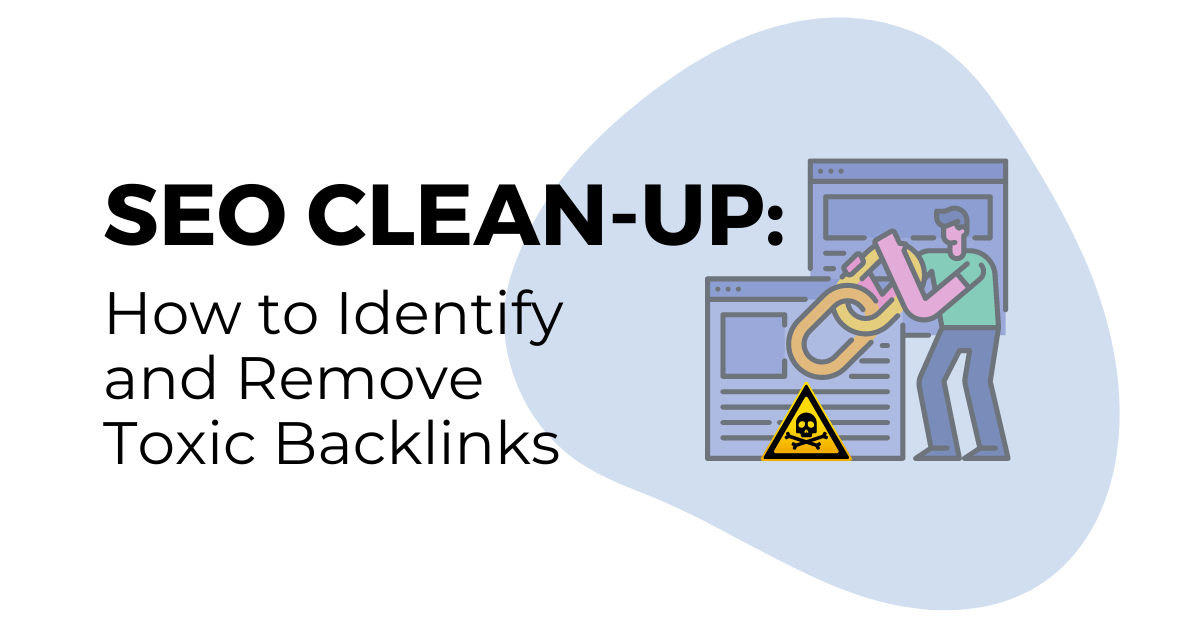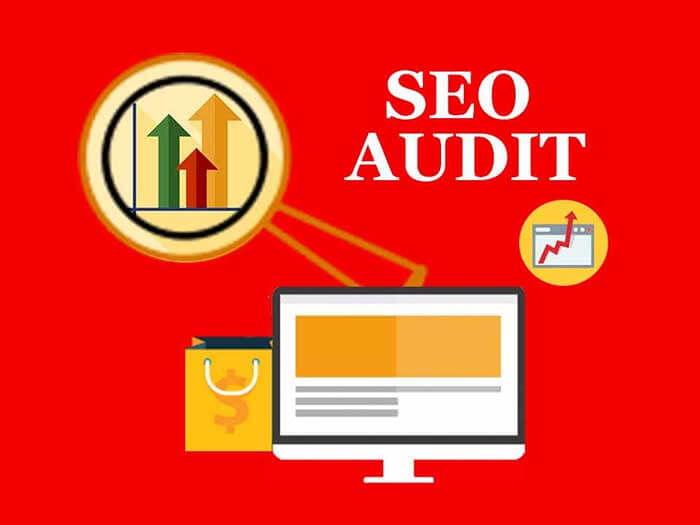SEO Vs. SEM: Recognizing the Key Distinctions
On the planet of electronic marketing, 2 important methods that commonly turn up are search engine optimization and SEM. While they might seem similar, they actually serve various functions and have distinct strategies. SEO, which stands for Look Engine Optimization, concentrates on enhancing a web site's visibility and natural ranking on internet search engine results web pages. On the various other hand, SEM, or Look Engine Advertising and marketing, involves paid advertising and marketing to boost a site's visibility on online search engine. Understanding the essential differences in between SEO and SEM is essential for businesses aiming to optimize their on-line existence and drive traffic to their web sites. In this short article, we will dig right into the interpretations, objectives, and crucial parts of both search engine optimization and SEM, clarifying their distinct features and advantages.

Meaning of SEO
SEARCH ENGINE OPTIMIZATION, or Search Engine Optimization, refers to the practice of enhancing sites to enhance their visibility and rankings on online search engine results pages (SERPs) It includes various methods and methods intended at enhancing natural, or non-paid, web traffic to a web site. The ultimate goal of SEO is to enhance a site's on-line presence and attract even more targeted visitors.
Among the essential aspects of SEO is keyword optimization (https://alabamareserve.com/press/linkdaddy-announces-agency-backlink-local-business-directory-listings-service/102516). When looking for info or products connected to a particular web site, this entails performing detailed research to determine pertinent keyword phrases that users are most likely to browse for. By integrating these keyword phrases purposefully right into the site's material, meta tags, and Links, SEO aims to improve the site's relevance and ranking for those particular search terms
One more crucial consider search engine optimization is on-page optimization. This includes optimizing different aspects on a web site, such as title tags, headings, photos, and interior web links, to make them even more search engine-friendly (seo marketing). By making certain that these elements are appropriately structured and relevant to the internet site's content, search engine optimization helps look engines understand the context and importance of the site
Additionally, search engine optimization additionally includes off-page optimization techniques, such as link structure. This includes getting top notch backlinks from various other reliable sites, which shows to internet search engine that the site is trustworthy and reliable. By building a strong network of backlinks, SEO boosts an internet site's reputation and boosts its opportunities of rating greater in search engine result.
Meaning of SEM
SEM, or Online Search Engine Advertising, is a marketing approach that involves advertising sites and enhancing their visibility with paid marketing on online search engine results web pages (SERPs) Unlike SEO, which concentrates on optimizing internet sites to enhance organic search positions, SEM utilizes paid advertising to drive traffic to a website.
One of the key parts of SEM is pay-per-click (PAY PER CLICK) advertising and marketing. When a user searches for those search phrases, the ads show up at the top or side of the search results.

SEM likewise includes various other forms of paid advertising, such as display ads, remarketing ads, and shopping ads. Present advertisements are banners or aesthetic ads that show up on sites within the Google Display Network. Remarketing ads target individuals that have formerly visited a web site, serving them ads as they browse various other sites. Purchasing ads, on the various other hand, advertise specific items and show appropriate details, such as rate and accessibility.
Purposes of SEO and SEM
The objectives of both seo (SEARCH ENGINE OPTIMIZATION) and online search engine advertising (SEM) revolve around raising a web site's exposure and driving targeted website traffic. Nevertheless, the strategies and strategies utilized by each differ dramatically.
The primary goal of search engine optimization is to boost an internet site's natural search ranking on internet search engine results pages (SERPs) This is achieved by maximizing various components on the website, such as material, meta tags, and site framework, to make it a lot more appealing and appropriate to internet search engine. By doing so, SEO aims to attract more organic web traffic from customers proactively looking for associated key phrases or subjects.
On the other hand, SEM concentrates on raising a site's visibility via paid advertising and marketing on internet search engine. The main objective of SEM is to drive targeted website traffic to a web site by bidding on keyword phrases and presenting advertisements in online search engine outcomes. This strategy allows organizations to get to a broader audience quickly and efficiently.

Trick Elements of SEO
To successfully implement SEO, it is vital to recognize the vital components that add to enhancing a web site's organic search position. These elements can be extensively classified into off-page aspects and on-page factors.
On-page aspects describe the components that are directly existing on a web site and can be enhanced for better search engine exposure. This consists of the site's content, search phrase usage, meta tags, URL framework, page titles, and headings. By maximizing these aspects, internet search engine can much better recognize the importance and context of the internet site's material, resulting in greater rankings.
Off-page factors, on the other hand, concentrate on outside signals that affect a site's authority and trustworthiness. This includes backlinks from various other trusted websites, social networks signals, and on-line mentions (https://daily-nomad.com/news/linkdaddy-announces-agency-backlink-local-business-directory-listings-service/458323). The more top quality and relevant backlinks a website has, the better its chances of rating higher in online search engine results web pages
In addition, user experience is an essential component of search engine optimization. google seo. Online search engine focus on web sites that use a positive user experience, consisting of fast packing times, mobile-friendliness, and very easy navigation
Key Parts of SEM
In comparison to SEO, SEM includes an unique collection of vital components that concentrate on paid marketing and driving immediate exposure in online search engine outcomes. These components include online search engine marketing, additionally called pay-per-click (PAY PER CLICK) advertising, keyword research, ad development, and campaign management.
Browse engine advertising and marketing is a crucial component of SEM. When those keyword phrases are looked, it includes bidding on search phrases appropriate to your service and developing message or screen advertisements that will appear in search engine results. With internet search engine advertising and marketing, you can target specific demographics, areas, and even time of day to reach your wanted target market.
Keyword research is another essential part of SEM. It includes recognizing the search phrases that your target audience is using to look for services or items comparable to yours. By performing extensive keyword study, you can optimize your advertisements and ensure they are revealed to the right people at the appropriate time.
Advertisement creation is the procedure of developing compelling and influential ads that will certainly lure individuals to click them. Well-crafted advertisements have a solid call-to-action, pertinent messaging, and a clear value proposal.
Finally, campaign administration includes tracking and maximizing your SEM projects to guarantee they are doing successfully. This includes tracking metrics such as click-through rates, conversion prices, and roi (ROI) to make data-driven choices and attain the most effective results.
Conclusion
SEO focuses on enhancing internet sites to boost organic search positions, while SEM includes paid advertising and marketing to increase exposure on search engine results pages. Comprehending the differences between SEO and SEM is vital for businesses to develop a detailed online advertising and marketing strategy.
SEO, which stands for Search Engine Optimization, concentrates on boosting an internet site's presence and natural position on search engine results web pages. On the other hand, SEM, or Browse Engine Marketing, involves paid marketing to raise a website's exposure on search engines (google seo).SEARCH ENGINE OPTIMIZATION, or Browse Engine Optimization, refers to the technique of maximizing internet sites to boost their presence and positions on search engine results web pages (SERPs)The main objective of SEO is to improve a web site's organic search ranking on search engine results web pages (SERPs) SEO concentrates on enhancing sites to improve natural search positions, while SEM includes paid advertising to increase visibility on search engine results web pages